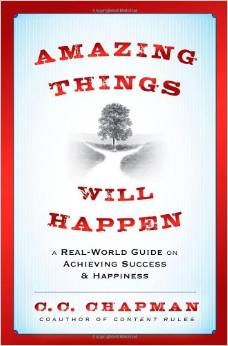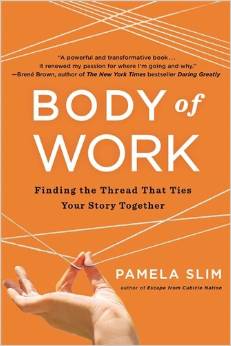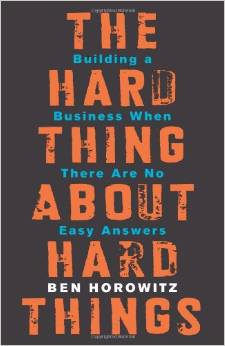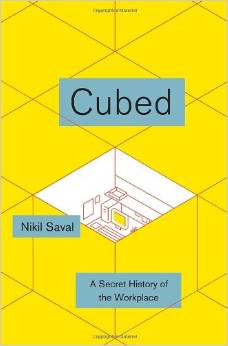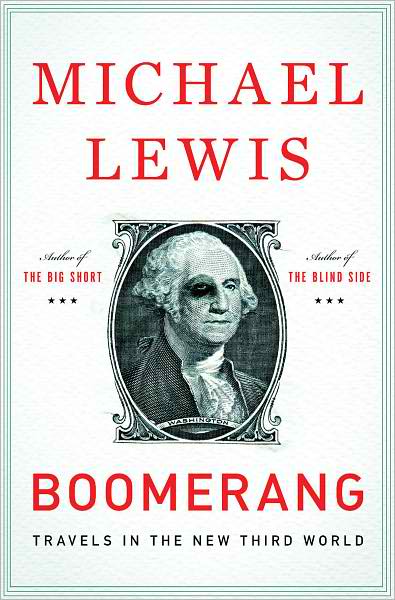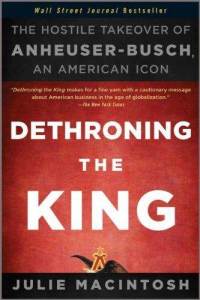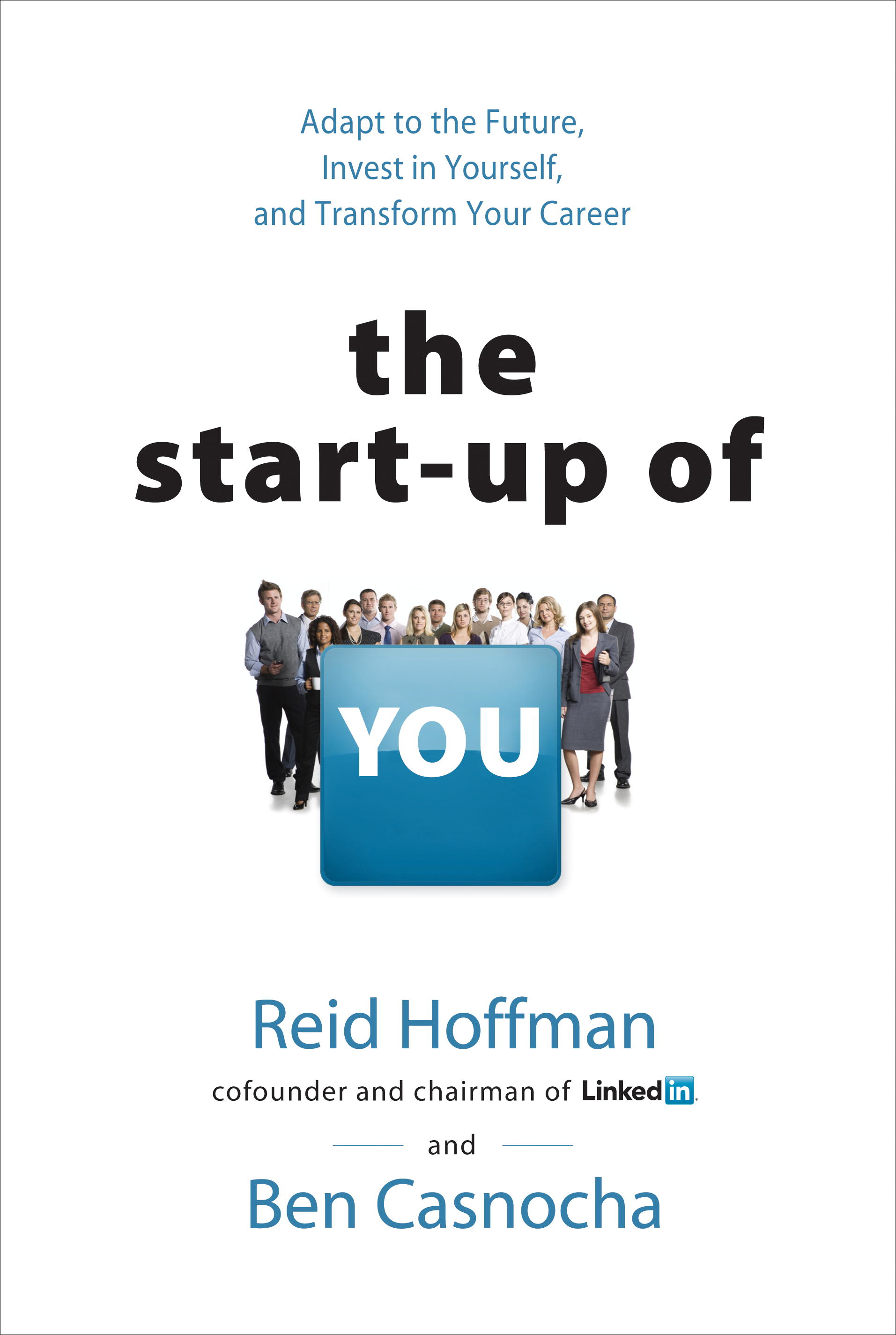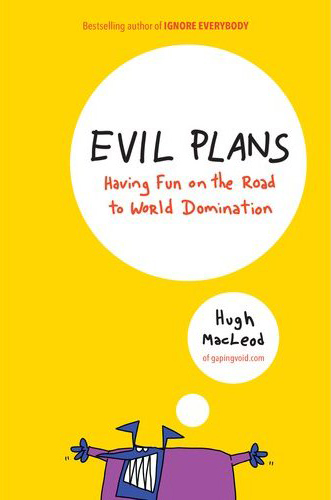Some Summer Reading
I've been meaning to write a couple of book reviews but haven't found the time so I decided to write a quick line or two about some of the books I've read over the last few months. I enjoyed a lot of them -- I hope you will too.
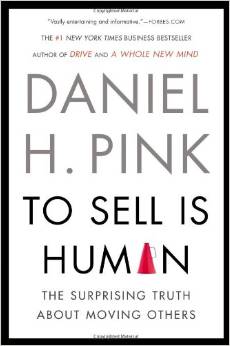
To Sell Is Human by Daniel Pink. This is a really, really good sales book that argues quite persuasively that we are all salespeople; that the most important thing that each of us does -- regardless of whether or not we're in sales -- is sell. And that the jobs of the future (mostly focused around education and healthcare) are going to be all about "moving people", e.g. selling people. He gives really useful strategies for getting better at influencing and moving the people around us.
Where Does It Hurt? by Jonathan Bush. If you have any interest whatsoever in healthcare, disruption and where things are heading you should absolutely read this book. Bush is the CEO of Athena Health, an innovative healthcare software company, and while you may not agree with a lot of what he says the book is incredibly informative and important. I would expect to see a lot more books like this coming in the future. This is probably the most digestible and useful book I've ever read on healthcare.
Lead with a Story by Paul Smith. This is a book that teaches you how to incorporate the use of stories into your business life to help influence and inspire. Most of the lessons are somewhat intuitive and there are too many examples and I'd bet most of us do these things naturally, but the book is a good reminder that stories and analogies are a useful asset.
Amazing Things Will Happen by C.C. Chapman. I've been following C.C.'s blog and Twitter feed for a long time now. A speaker, marketing consultant and fellow Bentley grad, he is a really interesting guy. If you're interested in how to manage and improve your personal brand, don't bother taking a seminar or reading a book, just follow C.C. He is a brilliant at it. As for the book, it's basically a series of short blog posts, each discussing a life lesson that he's picked up over the years. Some of them are intuitive, but they're great reminders. It's also fairly short and can be read on a plane ride -- which is the way all business books should be.
Body of Work by Pamela Slim. This is a really good and important book about how the way that we define a "career" is changing. We're becoming our own brands and our own companies. Start-up jobs, volunteer work, content creation, freelance work and side projects are becoming the new normal for lots of people. This book does a great job of explaining this new reality and how you can succeed in it.
The Art of Learning by Josh Waitzkin. This is a true story about how Waitzkin went from being one the best chess players in the world to becoming one of the best martial artists in the world. He documents and dives deep into the learning process and how we can control it and speed it up to become an expert and master in any field. Highly recommended.
The Hard Things About Hard Things by Ben Horowitz. This about Ben's startup experience. I'd highly recommend this book to any founder or potential founder. It chronicles the pain, the failures, the impossible decisions and the successes of a fast-paced startup. Painful to read at times, but a great book.
Cubed: A Secret History of the Workplace by Nikil Saval. If you're sitting in a cubicle right now and wondering how you got there, this book has the answer. A really interesting summary of work in the United States and how we went from the farms to the cubes. It gets a little dry and I wish it was a bit shorter and punchier but if you're like me and you find this stuff interesting it's worth the read.
Capital In the 21st Century by Thomas Piketty. If you haven't heard of this one you've been living under a rock. Long, complex and controversial this is a magnificent summary of the economy and the steady increase in the wealth gap in the United States. If you're not super interested in economics you might pass on this one and read some of the commentary around it -- this book is being debated everywhere.
The Power of Habit by Charles Duhigg. This is a eye opening book about habits and how they dictate our behavior. I've always believed that creating habits is one of the secrets of high performance. It's too hard to try to motivate yourself to go to the gym everyday. It has to be a habit (just like brushing your teeth). The Power of Habit validates this and teaches you to control your habits and perform at a higher level.
Finally, if you're looking for a light, easy reading thriller that's great for the beach pick-up Those that Wish Me Dead by Michael Koryta. I spent last weekend on the beach in Cape Cod and and I literally couldn't put it down.


